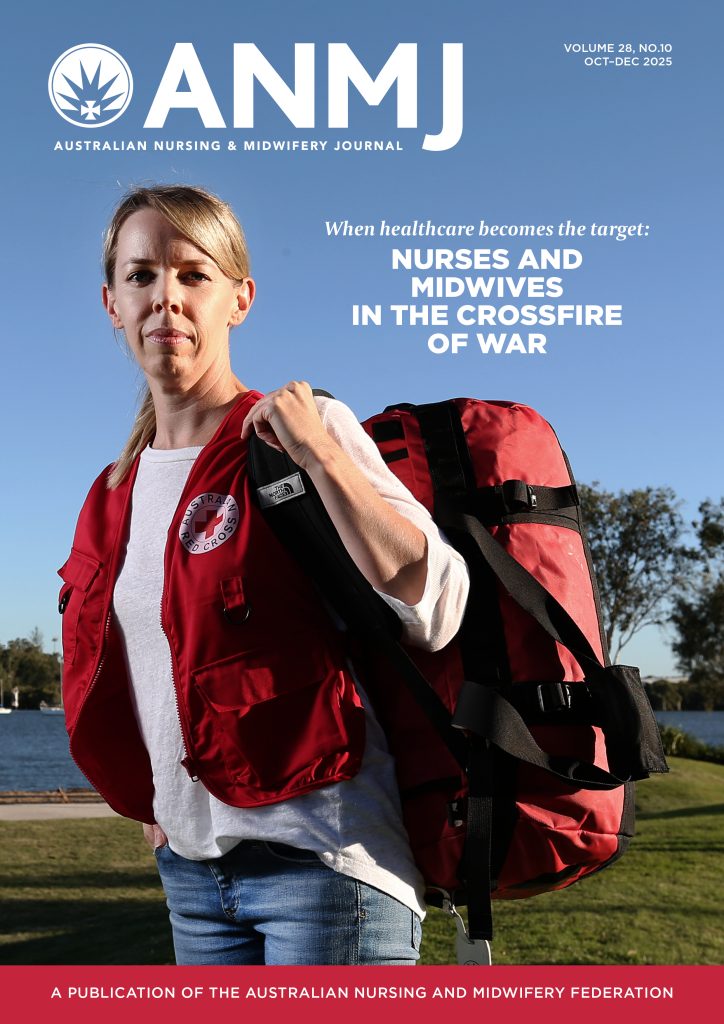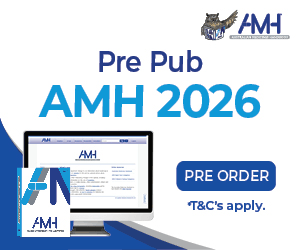Health professionals, including nurses, are being advised to stop prescribing or recommending as-needed short-acting beta2 agonists (SABA) alone to treat asthma in adolescents and adults, under updated guidelines in the National Asthma Council Australia’s (NAC) Australian Asthma Handbook released today.
Shifting away from the common blue puffer, the Australian Asthma Handbook now recommends anti-inflammatory reliever (AIR) only therapy and maintenance-and-reliever therapy (MART) as the first-line treatments after asthma is diagnosed in adults and adolescents aged over 12.
The significant changes state that all adults and adolescents with asthma need inhaled corticosteroids (ICS) as part of their treatment to reduce inflammation and prevent exacerbations.
“SABA-only treatment is associated with a higher risk of severe asthma exacerbations compared with AIR-only or with maintenance treatment with a low dose of ICS,” Clinical Associate Professor Debbie Rigby, pharmacist and Clinical Executive Lead, NAC, said.
“For patients not using maintenance ICS-containing inhalers, low-dose budesonide-formoterol taken as needed markedly reduces the risk of severe exacerbations requiring oral corticosteroids, compared with SABA taken as needed.”
More than 2.8 million Australians live with asthma. The updated Australian Asthma Handbook, which provides evidence-based national guidelines for asthma management in Australia,aims to support primary healthcare professionals to diagnose, treat and manage patients with the condition.
Key changes for adults and adolescents with asthma:
Initial treatment for most (AIR-only)
- Treatment in adults and adolescents should be started with inhaled low-dose budesonide-formoterol (anti-inflammatory reliever (AIR)-only therapy), taken as needed when symptoms occur.
- Low-dose budesonide-formoterol as needed reduces the risk of severe exacerbations requiring oral corticosteroids, compared with SABA taken as needed.
- The older treatment, maintenance treatment with low-dose ICS (plus salbutamol as needed) is the alternative treatment option for patients with a new diagnosis of asthma.
- Maintenance treatment is generally not necessary for adults and adolescents with infrequent symptoms and no specific indications for maintenance ICS treatment.
- For patients using maintenance low-dose ICS plus SABA as needed (alternative Level 1 option), consider switching to budesonide-formoterol as needed (recommended Level 1 treatment) as a strategy to reduce exacerbation risk.
MART (maintenance-and-reliever therapy)
- Start treatment at a higher level (low-dose MART or medium-dose MART) if the patient has frequent symptoms, a recent severe asthma exacerbation that required treatment with systemic corticosteroids or known risk factors for severe exacerbations.
- MART reduces the rate of exacerbations, compared with fixed-dose maintenance ICS-LABA regimens (with SABA as needed) at the same or a higher ICS dose.
- Low-dose MART using budesonide-formoterol can easily be stepped down to as-needed budesonide-formoterol, without the need for a new inhaler.
- For patients using maintenance ICS-LABA plus SABA as needed, consider switching to MART before considering a dose increase.
Professor Nick Zwar, Chair of the NAC Guidelines Committee, said the take-home message for health professionals was to prescribe anti-inflammatory treatment from day one.
“The common approach was starting patients with mild asthma on SABA as needed however this did not treat the underlying inflammation. Starting patients on the new recommendation for low-dose budesonide-formoterol as needed offers a more evidence-based approach to asthma management and reflects the biology of the condition.
“Patients sometimes initially think that an anti-inflammatory reliever doesn’t work as well as their SABA puffer, and we need to help them understand that it is working – the quick action of the long-acting beta-agonist gives relief from symptoms, and also, they are getting an anti-inflammatory effect from the low-dose corticosteroid.”
Access the updated Australian Asthma Handbook here









One Response
Great information ty